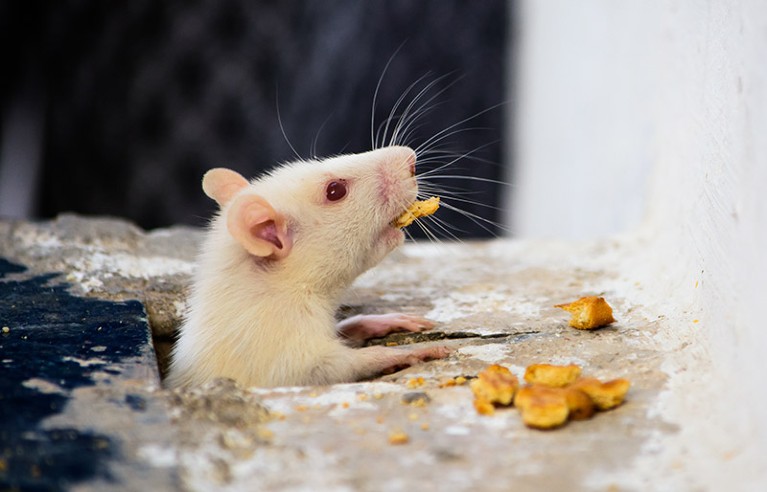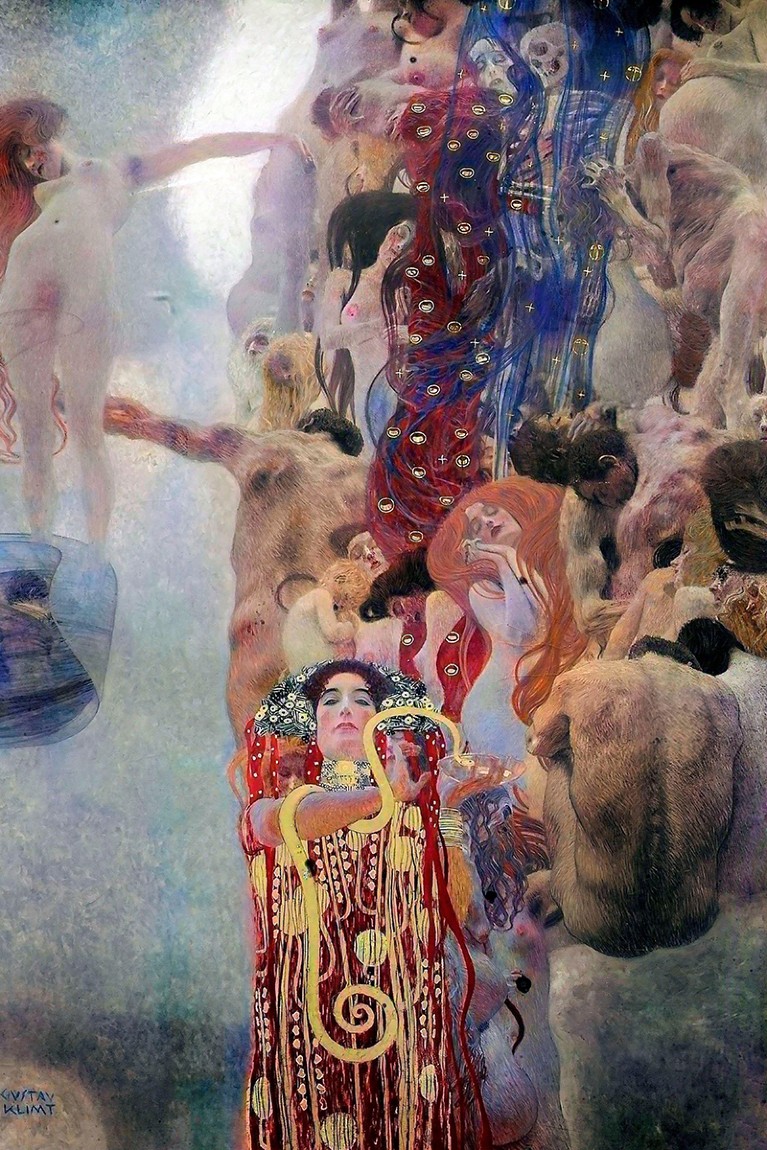Hello Nature readers, would you like to get this Briefing in your inbox free every day? Sign up here.

Credit: Nishant Sharma/Getty
Scientists have identified brain cells in mice that control how quickly the rodents eat, and when they stop. Two cell types in a region of the brainstem called the caudal nucleus of the solitary tract receive signals from both the gut and the mouth. Activity in one cell type — PRLH neurons — ramps up as the mouse’s gut fills with food and ceases when the animal stops lapping at its meal. Activating the PRLH neurons slowed down the mouse’s chomping. Signals from the gut to the other cell type (GCG neurons) control when mice stop eating. “The signals from the mouth are controlling how fast you eat, and the signals from the gut are controlling how much you eat,” says neurobiologist and study co-author Zachary Knight.
Reference: Nature Metabolism paper
An Australian astronomy research centre has achieved gender parity across all its personnel with a five-year programme of education and affirmative action. Education, female leadership and gender-balanced hiring policies were key, say leaders — and the approach could be applied to other organizations.
Researchers have used the technology that underlies the artificial intelligence (AI) chatbot ChatGPT to create fake data to support an unverified scientific claim. The ability of AI to fabricate convincing data adds to concern among researchers and journal editors about the technology’s impact on research integrity. “Our aim was to highlight that, in a few minutes, you can create a data set that is not supported by real original data, and it is also opposite or in the other direction compared to the evidence that are available,” says eye surgeon and study co-author Giuseppe Giannaccare.
Reference: JAMA Ophthalmology paper
Features & opinion

The colours of Gustav Klimt’s lost 1901 work Medicine were recovered by artificial intelligence.Credit: IanDagnall Computing/Alamy
Dozens of studies are proving the power of AI to shed new light on fine-art paintings and drawings, argues David Stork, the author of Pixels and Paintings: Foundations of Computer-Assisted Connoisseurship. For example, neural networks have been used to recreate parts of Gustav Klimt’s lost painting, Medicine, from preparatory sketches and photographs. “Known artworks from the Western canon alone that have been lost to fire, flood, earthquakes or war would fill the walls of every public museum in the world,” writes Stork. Recovering them could restore and complete our global cultural heritage.
Many of us have opinions about immigration, but most of us don’t fully understand it, suggests sociologist Hein de Haas in his impressively wide-ranging book How Migration Really Works. By busting myths that surround human mobility, de Haas provides a welcome corrective to common misconceptions, writes reviewer and migration scholar Alan Gamlen. “But with migration patterns shifting as the world rocks in the wake of the COVID-19 pandemic, it’s unclear for how long his conclusions will hold true,” writes Gamlen.
Money for regions battered by climate-change-related disasters needs to be made available quickly and be accessible to people on the ground, write six scholars, including the late, influential climate scientist Saleemul Huq. The Green Climate Fund — the world’s largest existing fund for supporting climate mitigation and adaptation — provides lessons for how the loss-and-damage fund should operate.
This Briefing comes to you en route to Vienna, where I will have the chance to gaze on Klimt masterpieces face-to-face. Tomorrow you will be in the capable hands of Briefing associate editor Katrina Krämer — who also writes our latest specialist newsletter, Nature Briefing: AI & Robotics.
Thanks for reading,
Flora Graham, senior editor, Nature Briefing
With contributions by Dyani Lewis
Want more? Sign up to our other free Nature Briefing newsletters:
• Nature Briefing: AI & Robotics — the use of artificial intelligence and robotics in science, and their impact on how science is done — 100% written by humans, of course
• Nature Briefing: Anthropocene — the footprint of humanity on Earth, including climate change, biodiversity, sustainability and geoengineering
• Nature Briefing: Cancer — a weekly newsletter written with cancer researchers in mind
• Nature Briefing: Translational Research covers biotechnology, drug discovery and pharma

